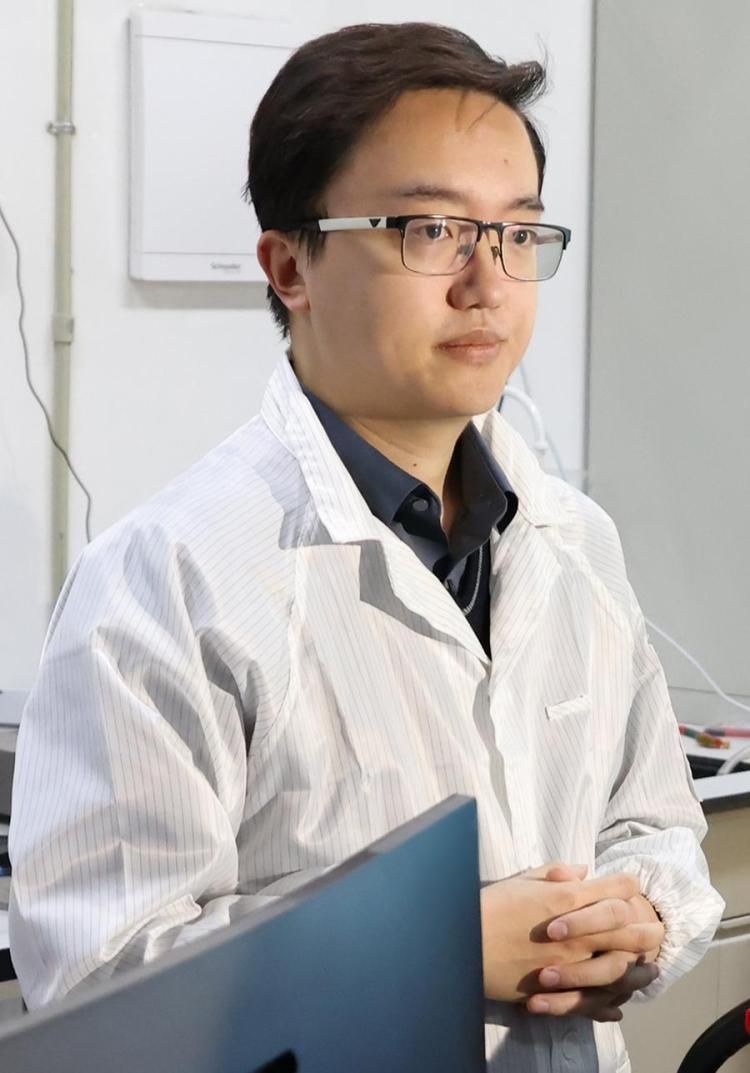
Du Lingjie, leader of an international research team and a professor at the School of Physics at Nanjing University, is pictured in Nanjing, east China's Jiangsu Province, March 28, 2024. (Photo by Li Jiahao/Xinhua)
NANJING, March 30 (Xinhua) -- An international research team led by Chinese scientists has for the first time presented experimental evidence of a graviton-like particle called chiral graviton modes (CGMs), with the findings published in the scientific journal Nature on Thursday.
These findings mark the first experimental substantiation of the concept of gravitons, posited by pioneering works in quantum gravity since the 1930s, in a condensed matter system, said Du Lingjie, leader of the team and a professor at the School of Physics, Nanjing University, in east China's Jiangsu Province.
Graviton is a yet-to-be-discovered elementary particle that is well-known in the realm of quantum gravity. The existence of gravitons could fill critical gaps between quantum mechanics and Einstein's theory of general relativity, making a vital contribution to modern physics, and studying graviton-like particles like CGMs could help examine graviton physics, Du said.
Du added that the research is based on theories suggesting the existence of graviton modes under fractional quantum Hall states in condensed matter, which bear similar properties to gravitons.
The team started their experimental program five years ago, and then spent over three years designing and assembling specialized experimental equipment for research under extremely low temperatures and strong magnetic fields.
Du and the team expect further discoveries in quantum physics with the experimental equipment.
Source: Xinhua News
https://xhnewsapi.xinhuaxmt.com/share/news_pc?id=936376692682752&showType=3002&utdId=a45ad6f539bb2c10a9495a00f34f7fce&version=4.0.0&projectSource=1&clientMarket=huawei